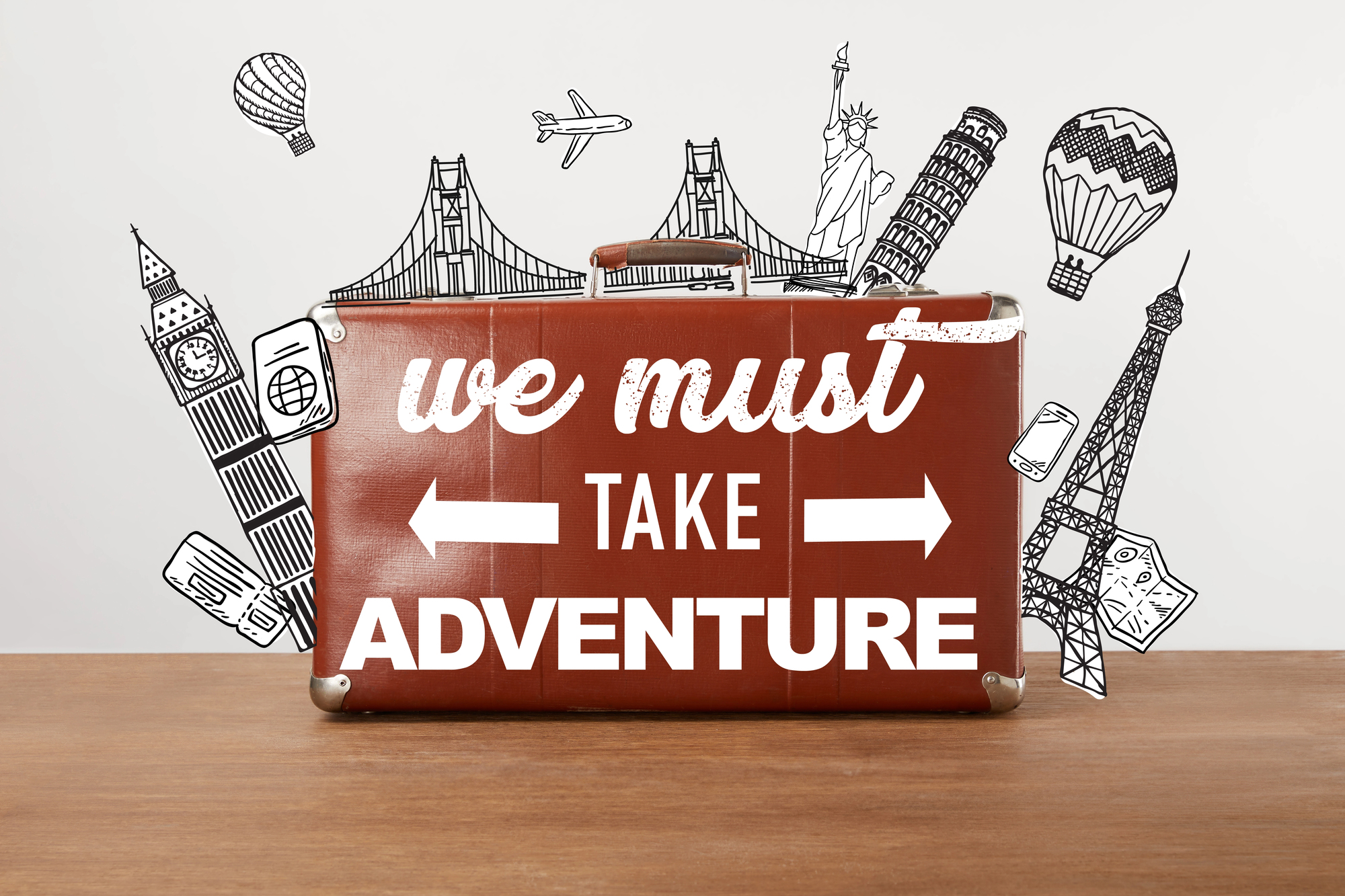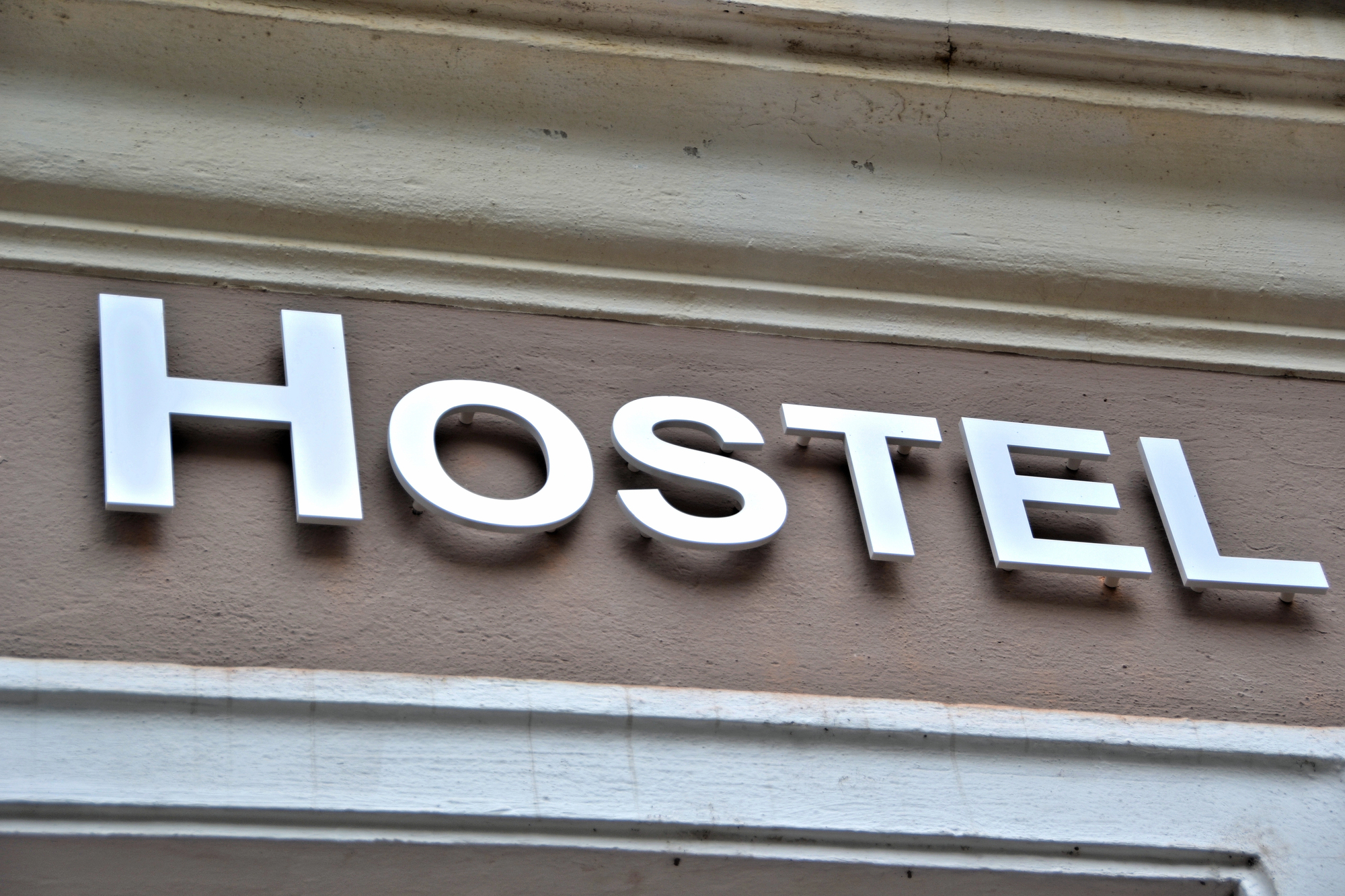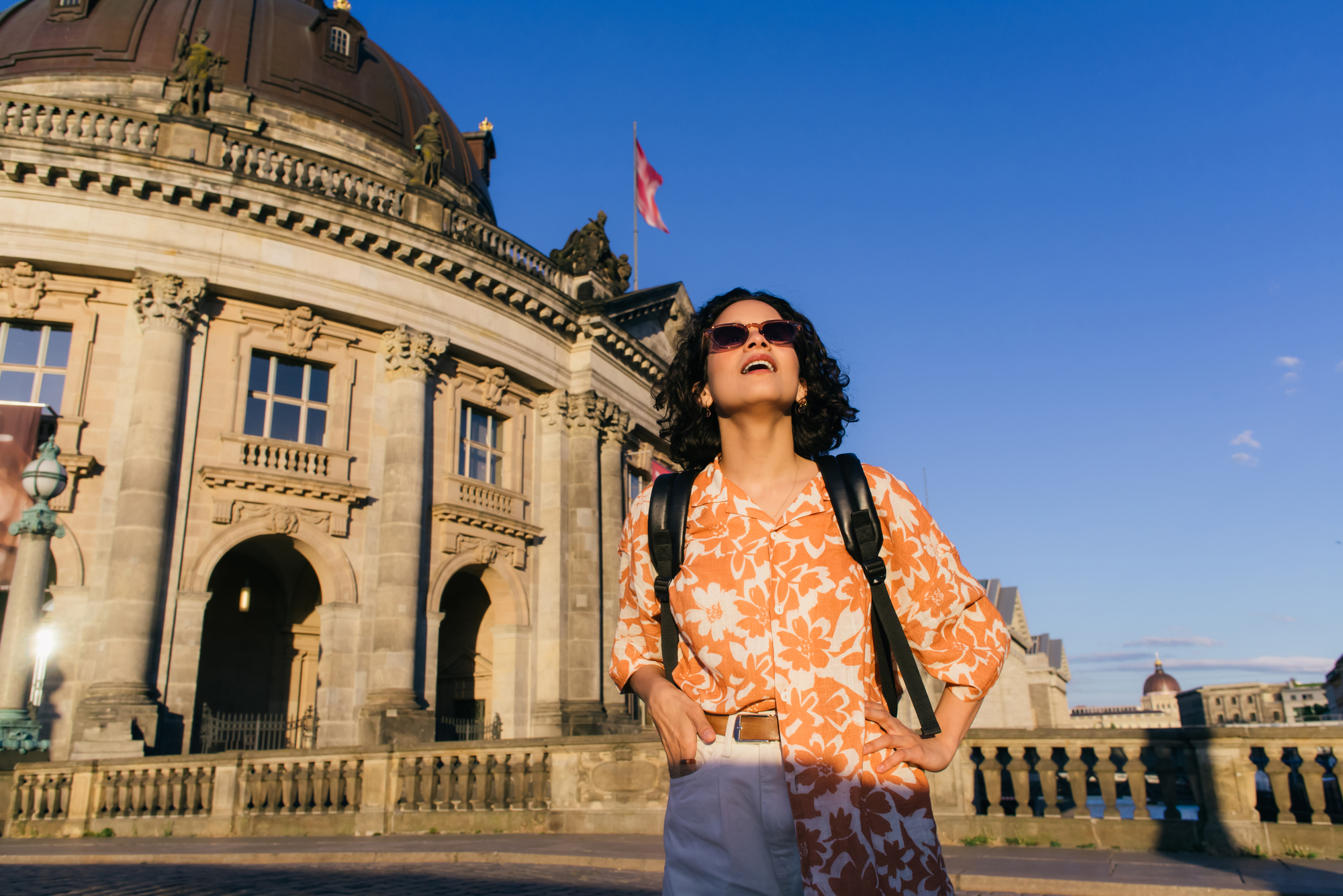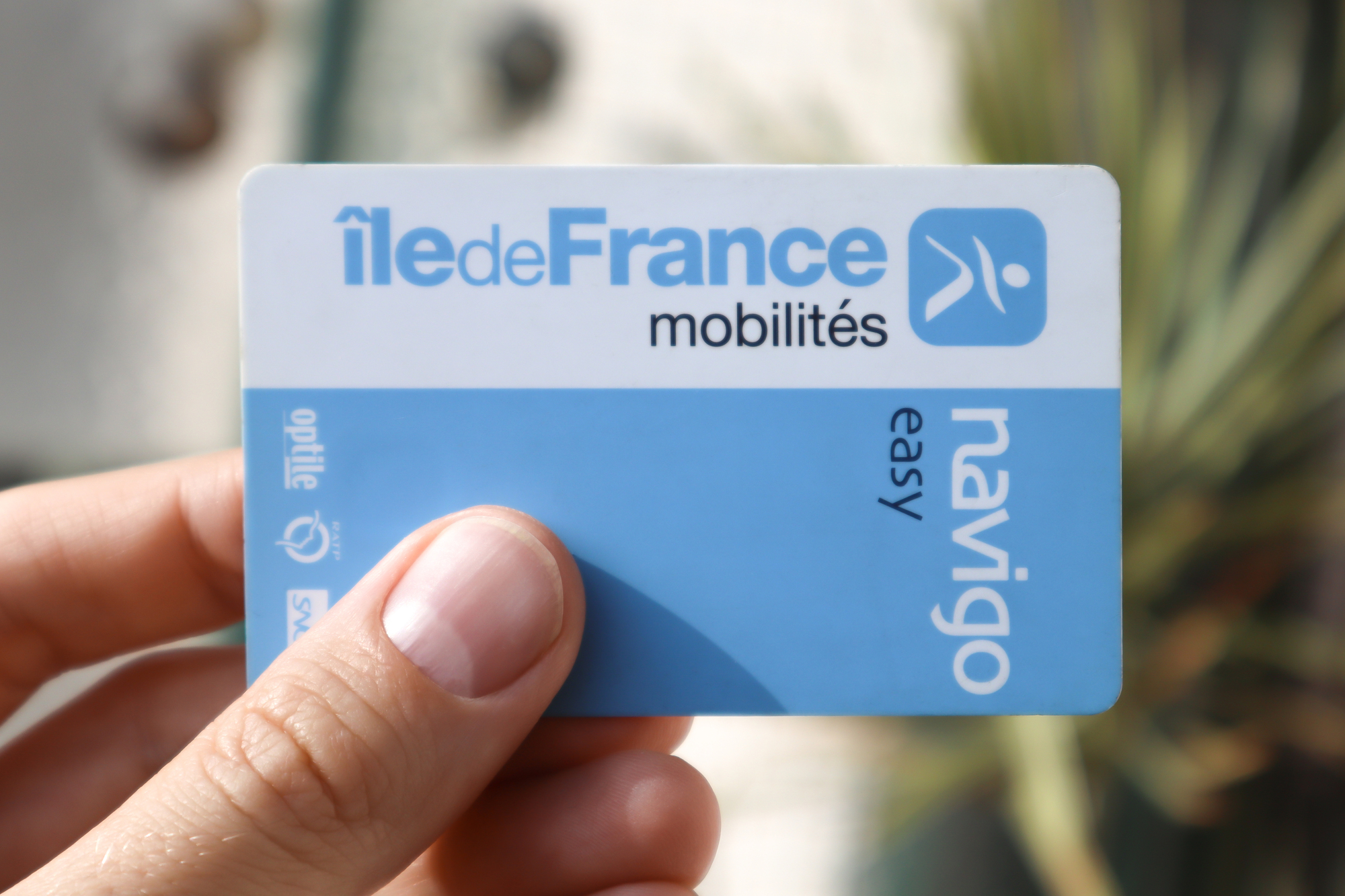Eastern Europe is one of the world’s last great bargains in travel, with ancient cities, sublime architecture, and rich cultural immersion still within reach on even the tightest budgets. The continent is a rare value proposition of high quality and genuine experiences that are all but extinct in Western Europe’s more popular destinations.
The savvy traveler can see several nations for what it might cost to spend a few days in Paris or London, with world-class attractions without world-class prices. The following are 20 tips for creating an unforgettable five-city Eastern Europe tour without spending more than $500.
Choose Your Cities Strategically

Select destinations that combine affordability with convenient transportation connections to minimize travel costs and maximize experiences. Budapest, Krakow, Prague, Bratislava, and Belgrade form an ideal circuit balancing famous attractions with lesser-known gems while keeping transportation costs reasonable.
This geographic strategy creates a logical path that eliminates expensive backtracking while showcasing the region’s diversity from Gothic architecture to Ottoman influences.
Travel During Shoulder Season

Visit between April and May or September and October, when prices drop significantly compared to summer peaks while the weather remains pleasant for exploration. Accommodation costs can decrease by 30-40% during these periods, and you’ll encounter fewer crowds at major attractions while still enjoying outdoor café culture.
The spring shoulder season brings blooming parks and gardens, while autumn offers harvest festivals and warming traditional foods perfect for cooler evenings.
Book Overnight Transportation

Combine transportation and accommodation costs by selecting night trains or buses between major cities. The Budapest to Krakow overnight train costs approximately $29 and saves a night of accommodation while delivering you to your next destination refreshed and ready to explore.
These journeys become experiences themselves, offering opportunities to meet locals and fellow travelers while maximizing your daytime hours for sightseeing.
Like Travel Pug’s content? Follow us on MSN.
Embrace Hostel Culture

Eastern Europe offers exceptionally high-quality hostels, with private rooms often available for $12-18 per night. These hostels provide security and comfort while maintaining budget discipline.
Many hostels occupy historic buildings in central locations that would command premium hotel prices in Western Europe. The social aspects of hostel common areas provide invaluable networking for finding free activities, travel companions for shared costs, and local insights that guidebooks miss entirely.
Utilize Free Walking Tours

Every major Eastern European city offers free walking tours led by knowledgeable local guides passionate about sharing their city’s history and culture. These two—to three-hour orientations provide essential historical context while helping you identify which paid attractions truly merit your limited budget.
Remember that though technically free, tipping $5-8 acknowledges the guide’s expertise while still delivering exceptional value compared to commercial tours costing $25 or more.
Master Public Transportation

Eastern European cities maintain extensive and affordable public transportation networks that eliminate the need for taxis or rideshares. Budapest’s 72-hour travel card costs under $15 and covers unlimited metro, tram, and bus journeys, while Prague’s 3-day pass runs approximately $14.
Learning these systems during your first hours in each city pays immediate dividends while providing authentic glimpses into local daily life beyond tourist zones.
Like Travel Pug’s content? Follow us on MSN.
Prioritize Street Food and Markets

Eastern Europe’s vibrant market culture and street food traditions offer delicious regional specialties at fractions of restaurant prices. Budapest’s Central Market Hall serves langos (fried dough with toppings) for under $4, while Krakow’s zapiekanka (open-faced baguette sandwiches) costs just $2-3.
Markets also provide perfect picnic supplies, allowing memorable meals in scenic parks or along riverbanks that combine affordability with atmospheric dining experiences.
Seek Out Free Attractions

Balance paid museums with the region’s abundant free cultural offerings. Belgrade’s Kalemegdan Fortress provides panoramic city views and extensive grounds without entry fees, while Krakow’s historic Jewish quarter costs nothing to explore independently.
Prague’s Charles Bridge and astronomical clock draw thousands of paying tourists to surrounding attractions, yet experiencing these landmarks themselves costs absolutely nothing while ranking among Europe’s most photogenic sights.
Research Museum Free Days

Most major museums and cultural sites offer specific free admission days or hours each week or month, allowing strategic planning to eliminate entry fees. Warsaw’s excellent National Museum waives its normal $8 admission on Tuesdays, while many state museums across the region offer free entry on the first Sunday of each month.
Researching these schedules before arrival allows you to organize your itinerary around these opportunities while avoiding peak crowds that often accompany free periods.
Like Travel Pug’s content? Follow us on MSN.
Book Accommodation with Kitchen Access

Select hostels or budget guesthouses offering kitchen facilities to prepare simple breakfasts and occasional dinners using local market ingredients. This approach saves significant funds while providing deeper engagement with local food culture through market shopping.
Even preparing just breakfast and one other meal daily can reduce food expenses by 40% while offering nutrition flexibility that constant restaurant meals rarely provide during extended travel.
Download Free Audio Guides

Replace expensive museum audio guides with free smartphone alternatives that provide comparable content at zero cost. Apps like VoiceMap offer free walking tours for many Eastern European cities, while sites like Rick Steves provide downloadable audio guides covering major attractions.
These digital resources deliver expert commentary and historical context whenever you choose, allowing self-paced exploration without group tour constraints or rental equipment costs.
Attend University Events

University cities like Prague and Krakow offer abundant student performances, lectures, and cultural events with minimal or no admission costs. Classical music students provide free or heavily discounted concerts that would command premium prices at formal venues, while film screenings and art exhibitions showcase emerging talent without commercial pricing.
These events connect travelers with local creative communities while providing entertainment alternatives beyond typical tourist experiences.
Like Travel Pug’s content? Follow us on MSN.
Utilize Night Markets and Evening Programs

Many museums and cultural attractions offer discounted evening hours that extend your sightseeing budget while avoiding daytime crowds. Budapest’s thermal baths reduce evening prices by nearly 50%, while Prague’s National Gallery offers extended Thursday hours with half-price admission.
Night markets in cities like Bratislava combine entertainment, food vendors, and local crafts in atmospheric settings that deliver memorable experiences with minimal expense.
Master the Transport Pass Math

Calculate whether individual tickets or multi-day transportation passes maximize value based on your planned movements. Belgrade’s public transportation requires frequent short rides, making day passes economical, whereas Bratislava’s compact center might make individual tickets more sensible.
The key calculation compares your anticipated daily ride count against pass costs, recognizing that the convenience of unlimited travel often encourages more comprehensive city exploration.
Connect with Local Hospitality Networks

Platforms like Couchsurfing and BeWelcome connect travelers with locals, offering free accommodation, city tours, or simply coffee and conversation. Beyond the obvious lodging savings, these connections provide cultural insights and neighborhood recommendations that are impossible to find through commercial tourism channels.
Even using these networks for occasional meetups rather than accommodation can transform generic sightseeing into meaningful cultural exchange while revealing authentic budget-friendly options.
Like Travel Pug’s content? Follow us on MSN.
Choose Regional Specialties for Dining Splurges

Reserve your limited restaurant budget for regional specialties that represent authentic local cuisine rather than international options available everywhere. A traditional Hungarian goulash in Budapest or Polish pierogi in Krakow delivers culinary authenticity at reasonable prices, especially when enjoyed at lunch when many restaurants offer the same menu items at 30-40% discounts compared to dinner service.
This targeted approach to dining experiences ensures memorable meals without compromising overall budget discipline.
Pack a Lightweight Water Bottle

Eastern European tap water is generally safe in major cities, making a reusable water bottle an investment that pays immediate dividends. Bottled water purchases might seem minor, but eliminating this repeated expense saves $3-5 daily while reducing plastic waste.
Many cities now offer public drinking fountains in central tourist areas, allowing free refills while you explore attractions and neighborhoods throughout the day.
Research City Cards Carefully

City tourist cards bundle public transportation with attraction discounts, requiring careful value assessment rather than automatic purchase. Prague’s city card delivers genuine savings for attraction-focused visitors, whereas Budapest’s card benefits vary dramatically based on your specific interests.
The key calculation compares the card cost against the actual admission fees for sites you genuinely plan to visit rather than the theoretical values of included attractions you might skip.
Like Travel Pug’s content? Follow us on MSN.
Verify Banking Partners Before Departure

Identify your home bank’s international partners before traveling to eliminate ATM fees that quickly erode tight budgets. Many European banking networks offer reciprocal withdrawal agreements that waive the typical $3-5 foreign ATM fees that otherwise accumulate with each cash withdrawal.
Similarly, credit cards with no foreign transaction fees save the standard 3% surcharge on every purchase, creating significant cumulative savings across dozens of transactions.
Budget for Selective Splurges

Allocate approximately 20% of your total budget for unexpected opportunities or experiences that transcend typical budget considerations. For example, a special classical concert in Prague’s Municipal House or a premium thermal bath experience in Budapest with private cabin access.
These selective splurges create standout memories, while the surrounding budget discipline makes them financially possible without compromising your overall five-city journey.
The New Grand Tour

The elevated value proposition within Eastern Europe has redefined discount travel as not lacking choice but a means to truly experience something that has become ever-so-less common at crowded tourist destinations. Through this $500 journey that encompasses five distinct capitals, one gets architectural splendor, master paintings, and cultural interaction worth thousands elsewhere.
More from Travel Pug

- Cities Growing so Fast You Won’t Recognize Them in 10 Years
- 13 Destinations Where Tourists Regularly Regret Their Trip
- 20 Obscure WWII Sites Even History Buffs Don’t Know About
- 10 Under-the-Radar Mountain Towns That Are Both Affordable and Beautiful
- 20 Abandoned Places That Feel Like Real-Life Post-Apocalyptic Movie Sets
Like Travel Pug’s content? Follow us on MSN.
